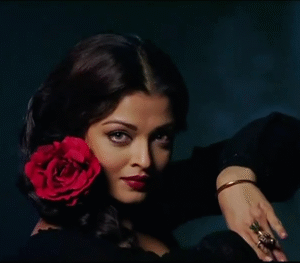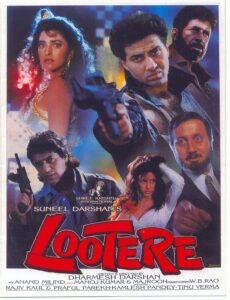Copyright after the death of the author
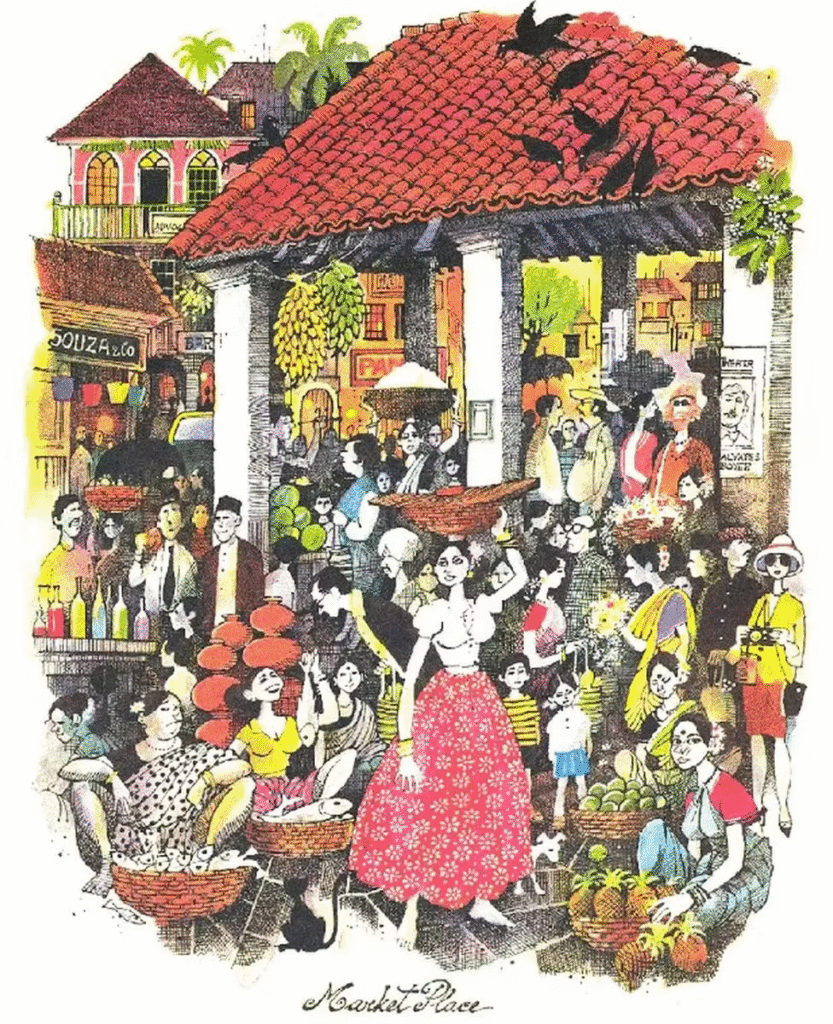
In this digital day and age, where everything is easily accessible, it is easy to steal ideas and claim to be their own, and a lot of creative industries are prone to this, and one of them is art. There have been too many instances where ideas and creation of the originators have been used, and undue advantage has been gained by others.
To protect this intellectual property, the law established the Copyright Law. This law gives the originator protection and rewards their creativity for the same. The Berne Convention for the Protection of Literary and Artistic Works, 1886 (Berne Convention), which deals with the protection and rights of authors. Similarly, in India, the Copyright Act 1957 also gives protection to the originator’s work after the death of the author for additional 60 years. Even though India has laws protecting the interests of the originators, we still see the rights of artists being infringed, and recently the G20 was in the news for the same.
Infringement of copyright at G20:
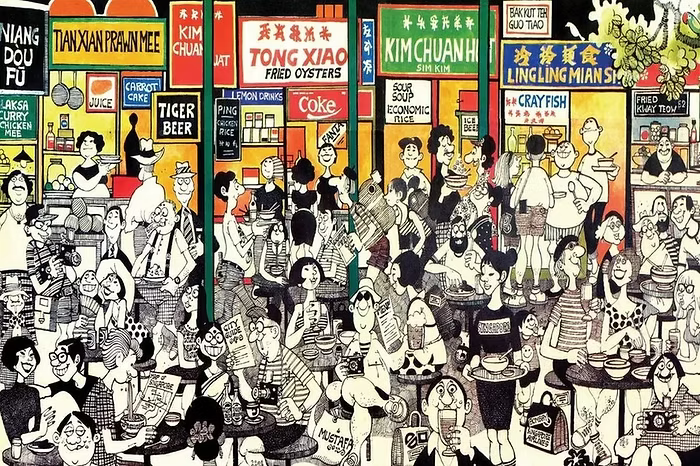
India, which is hosting the G20 summit this year at one of its venues, is facing a controversy regarding the unauthorized use of the famous cartoonist, Late Mario Miranda’s work at the summit. It was seen that figurines were displayed without the permission of the Mario gallery that was set initially set up to carry his legacy forwards in various ways. The family i.e. the artist’s two sons threatened to sue the organizers and provided that the gallery had all the vested rights to initiate legal proceedings against the government in case it failed to ask permission before displaying any work of the artist and have also sent a legal notice for the same.
(Source: Mario Miranda’s art at centre of G20 tug of war, gallery serves legal notice to event firm: The Indian Express)
Copyright as Inheritance:
Anything that is in a tangible form, i.e., from speeches to ideas that are written down, is protected by copyright, irrespective of whether it was registered or not. After the death of the author, the extent of protection goes to anyone mentioned under the will, and if the person dies intestate, the copyright will be passed on to the heir or his legal representative by relevant law.
The Pablo Picasso Copyright Fight is a great example of how things could go south after the death of an artist to claim royalties if there is no will and heir. After the death of Picasso, when the valuation of his assets were done, there was no will and the division of his assets between his heirs was a task. Even though there was a division of his assets it took 6 long years to happen.
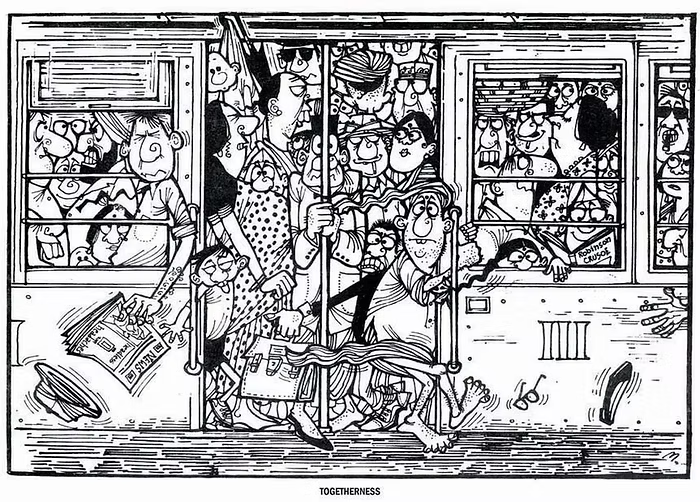
“Picasso did not leave a will. The division of his holdings took six years, with often bitter negotiations among the heirs. (There were seven then.) The settlement cost $30 million and produced what has been described as a saga worthy of Balzac. The family, writer Deborah Trustman noted at the time, “resembles one of Picasso’s Cubist constructions—wives, mistresses, legitimate and illegitimate children (his youngest born 28 years after his oldest), and grandchildren—all strung on an axis like the backbone of a figure with unmatched parts.”
(P.S. we highly recommend reading “The Battle for Picasso’s Multi-Billion-Dollar Empire” by Vanity Fair, 2016)
However, if the copyright is owned jointly and one of the authors passes away, his part of the copyright will then be passed on including his monetary benefits. However, if a person obtains ownership of a copyright through a will, he will be required to follow the provisions as mentioned in the will. For instance, Adam Yaunch of the Beastie Boys, who died at the age of 47 due to cancer. He in his will mentioned the prohibition of using his music/ artistic property for advertising after his death.
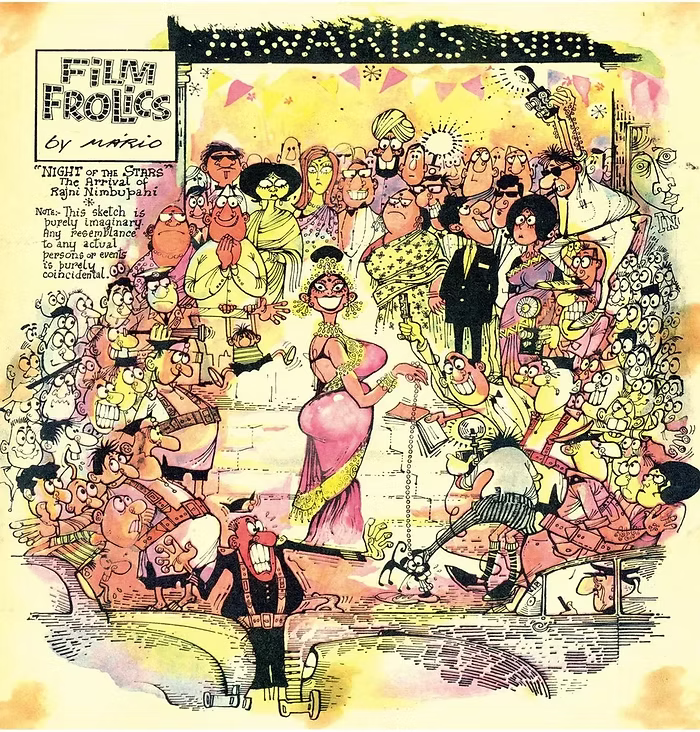
Thinking about what will happen to one’s work where they have put so much time and effort remains a worry for artists. Even though the Copyright Act 1957 provides certain protection towards artwork with or without registration, it, however, is always better where their work will be used not only within the country of origin but also others. It is also necessary for these artists to determine what should happen to their work and how it should be used after their passing. Establishing a “will” to protect your legacy and foreseeing what should happen to your work is necessary to avoid exploitation of one’s work before it enters the public domain.
Some authors take extensive measures to ensure efficient management of their intellectual property via estate planning, naming their heirs as the beneficiaries which not only allows for better division among the heirs but also allows proper enforcement of intellectual property rights and protects the deceased author’s works from being exploited and even . The estate thereafter, holds the rights to execute the rights in the intellectual property on behalf of the heirs as we saw in the case of Mario.
Therefore, consulting an attorney is highly recommended, and if you see yourself or your loved ones getting as famous as Mario Miranda, Picasso, or Adam Yaunch, make sure to drop by the Copyright Office and get your work registered.

